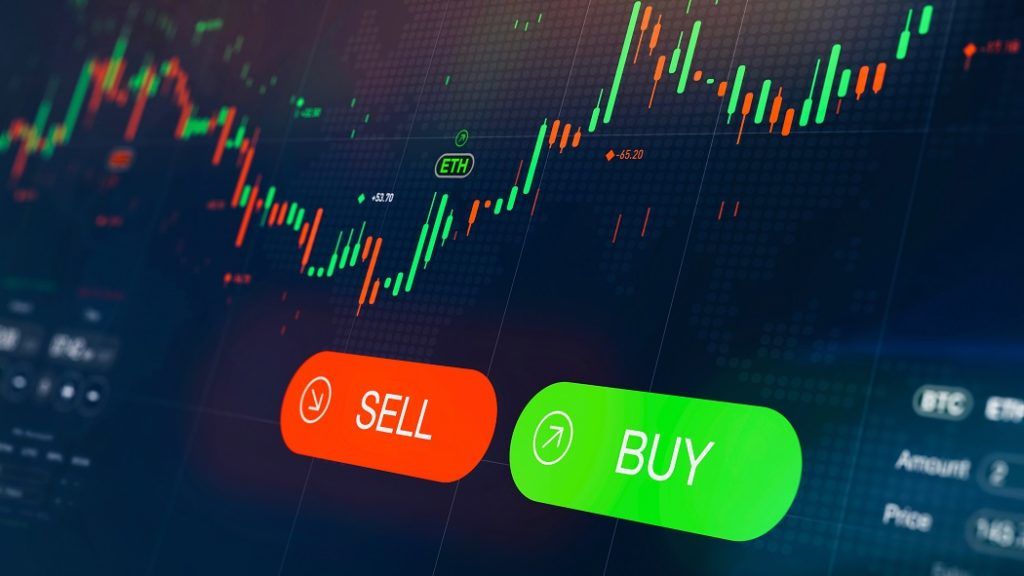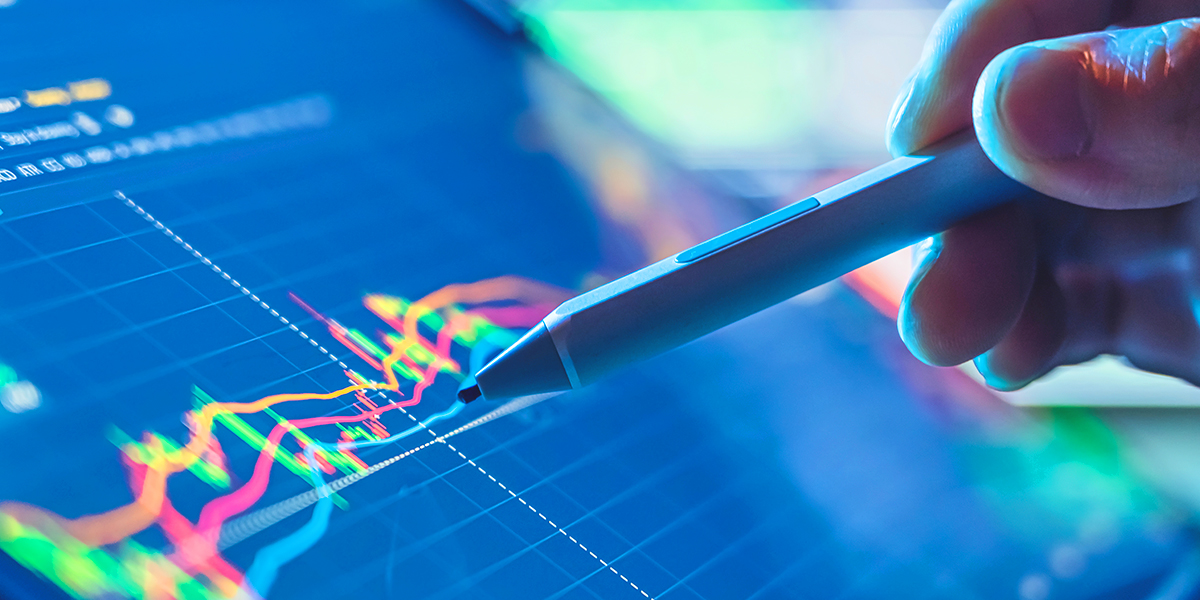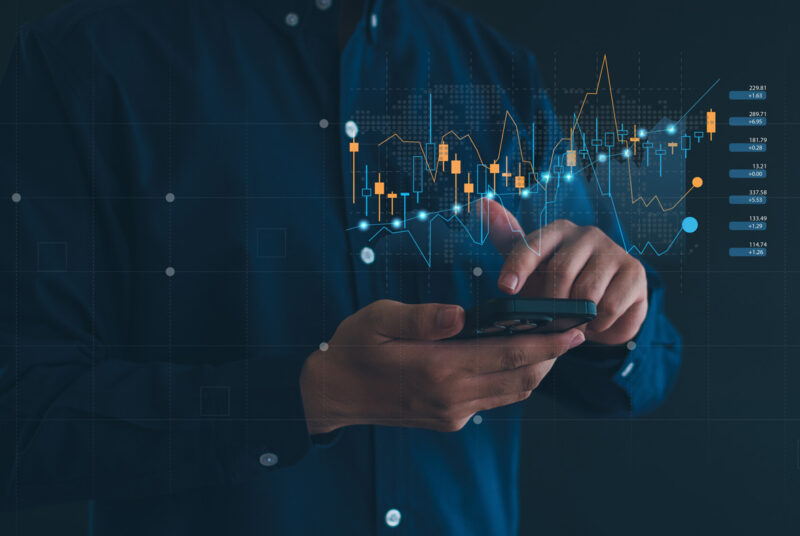In the fast-paced world of finance, where milliseconds can dictate fortunes and losses, automated trading has emerged as a formidable player. This technology promises efficiency and the ability to capitalize on opportunities that a human trader might miss.
But how reliable is it really? As automated strategies proliferate, so too do the myths surrounding them—claims of guaranteed profits, foolproof systems, and an end to emotional trading. However, beneath the surface lies a complex landscape that blends algorithmic precision with unpredictable market behavior.
This article endeavors to peel back the layers, dissecting the realities of auto trading to unveil what traders can genuinely expect. Buckle up as we embark on a journey through the alluring yet intricate world of trading algorithms and their impact on the financial markets.
Understanding Automated Trading Systems: What They Are and How They Work

Automated trading systems, often referred to as algorithmic trading or high-frequency trading, represent a paradigm shift in the financial markets. At their core, these systems utilize complex algorithms to execute trades at speeds and volumes unattainable by human traders.
They analyze vast amounts of market data, identifying patterns and trends that guide trading decisions with remarkable precision. This technology operates around the clock, tirelessly scanning for opportunities in the market, potentially capitalizing on fleeting price movements.
However, while the allure of automation promises efficiency and the removal of human emotion from trading, it also introduces a new set of challenges. Flaws in algorithms can lead to significant losses, and the market’s dynamic nature requires a level of adaptability that even the most sophisticated programs struggle to achieve.
Thus, understanding both the capabilities and limitations of these systems is crucial for anyone engaging in automated trading.
The Promises of Automated Trading: Fact or Fiction?

Automated trading systems promise to revolutionize the markets, touting the ability to execute trades with lightning speed and precision, free from the emotional turmoil often seen in human traders. Advocates argue that these systems can harness complex algorithms to analyze vast swathes of data, identifying patterns and trends that elude the average investor.
Yet, as enticing as these assertions are, the reality often reveals a murkier picture; the technology can falter, algorithms may underperform, and unforeseen market conditions can wreak havoc on even the most sophisticated strategies. Surprisingly, many traders find themselves grappling with the limitations of automation, discovering that the promise of guaranteed profits often remains just that—a promise.
So, as we delve deeper, we must ask: Are these automated systems a shining beacon of opportunity, or merely a mirage in the unforgiving desert of financial markets?
Conclusion

In conclusion, while automated trading presents a fascinating landscape of opportunities and efficiencies, its reliability can often be overstated. As we have explored through various analyses, the effectiveness of auto trading systems hinges on numerous factors, including market conditions, algorithm sophistication, and user knowledge.
It is essential for traders to approach these systems with a critical eye, understanding both the benefits and the inherent risks. By separating fact from fiction, investors can make informed decisions that align with their financial goals, ensuring that they harness the potential of automated trading without falling prey to unrealistic expectations. Whether one is a seasoned trader or a newcomer, a balanced perspective on automated trading can lead to more strategic and potentially profitable outcomes.


